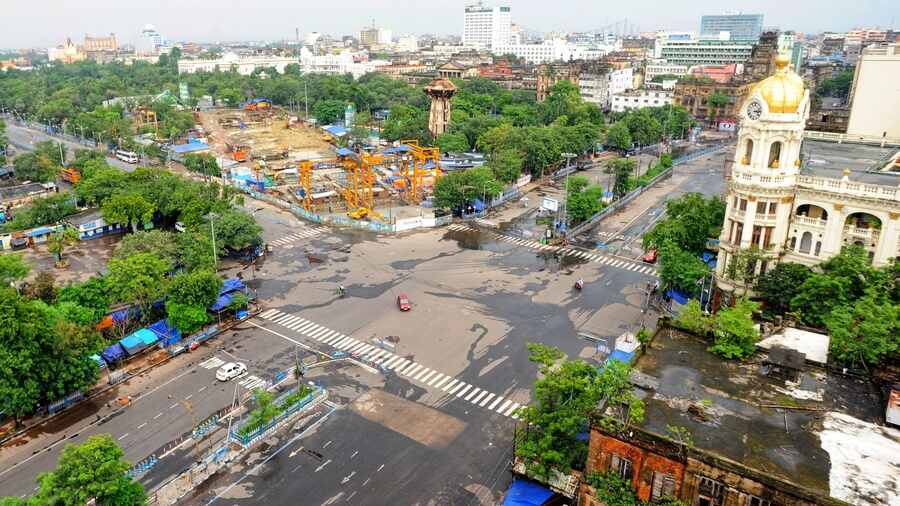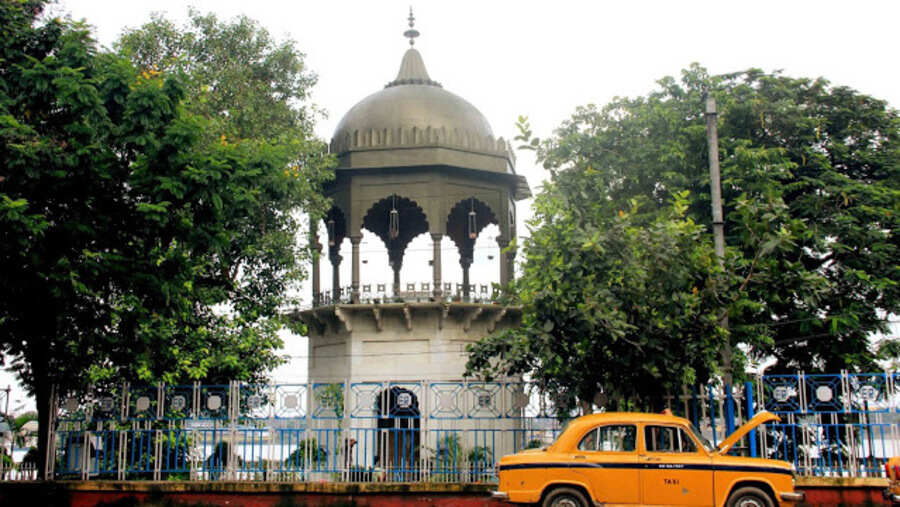Kolkata has always had an affinity with the British-era red edifices dotting its central business district. And on the city’s southern fringe lies another massive red brick building — the headquarters of the South Eastern Railway (SER), formerly the Bengal Nagpur Railway (BNR).
Built in 1907, the building on Garden Reach Road proudly bears the stamp of Indo-Saracenic architecture. The interiors of this magnificent mansion are out of reach of the general public, but visitors can access its massive compound to enjoy the sight of its elegant facade.
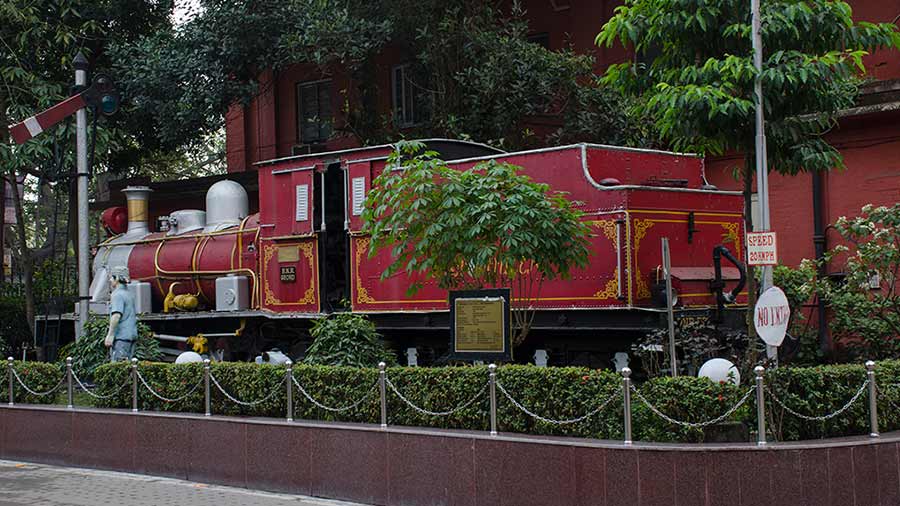
The vintage steam engine at the entrance
Just beside the main entrance is a narrow-gauge steam locomotive that dates back to 1930 and provided 46 years of service in the Raipur-Dhamtari line of the BNR.
The entire complex, still referred to as BNR, houses several other buildings like staff quarters, storehouses, workshops and even a hospital. Interestingly, many of these buildings predate the main edifice.
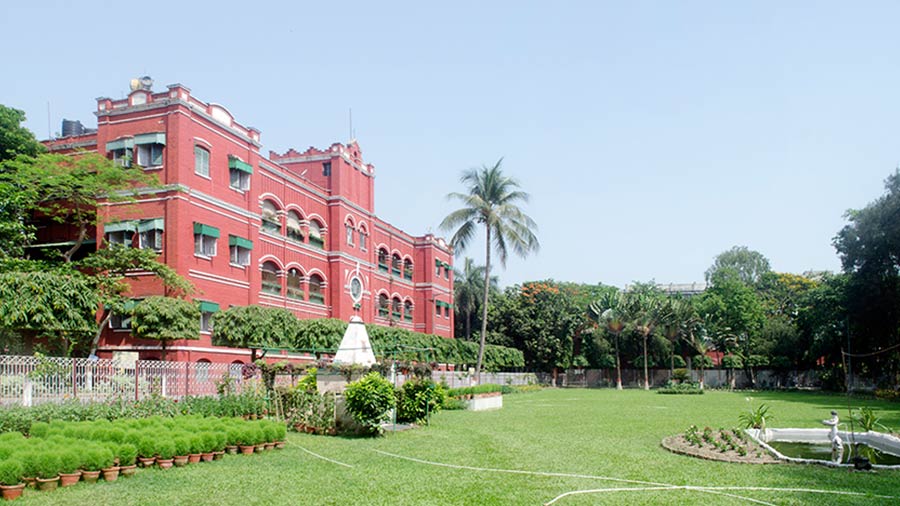
Gardens and staff quarters inside the BNR complex
Behind the main building and next to the sports complex is a small brass plaque containing two logos. The one on the top left is an emblem of the Royal Air Force (RAF), while the other on top right is the BNR logo.
Located almost at ground level, the plaque was installed there by the 978th Balloon Squadron of the RAF, which had been in charge of operating barrage balloons over the city to protect landmarks like Howrah Bridge and Victoria Memorial from Japanese bombing during World War II.
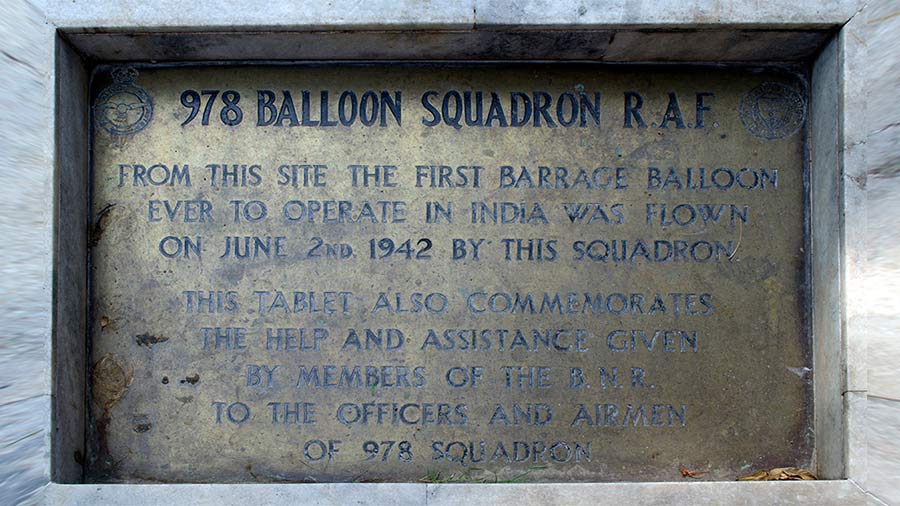
Plaque of the balloon squadron
Next to that plaque is a huge lush green field, known as the BNR sporting complex. BNR has teams for sports like football, cricket and hockey. It has, over the years, produced several Olympians, including hockey legend Leslie Claudius, who earned four (three gold and one silver) Olympic medals for India.
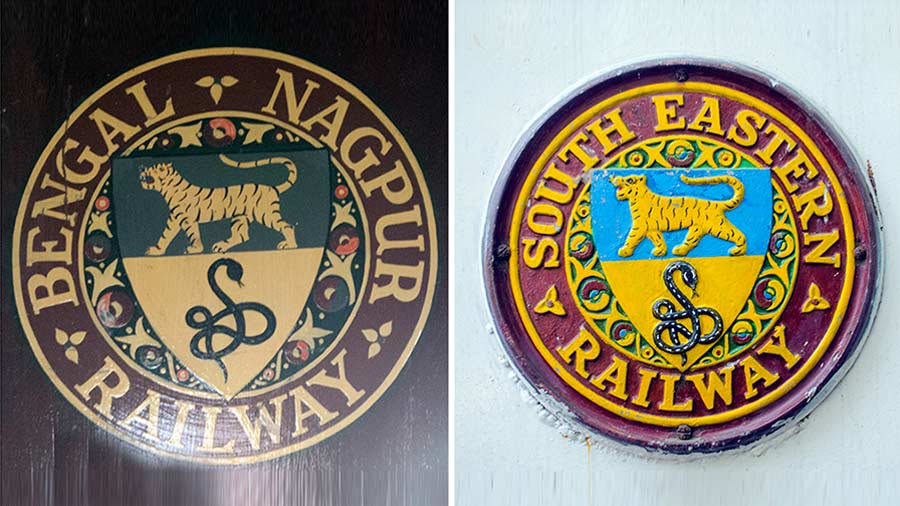
Logos of BNR and SER
The well-maintained compound houses a ball signal tower that was used to dispatch trains to a pontoon jetty from the 1880s to the 1950s. This signal comprises a ball that can move up and down to indicate stop and start — a communication method known as semaphore signalling that was used by the British in India. The tower was restored in 2005 and is one of the few remaining ones of its kind in India.
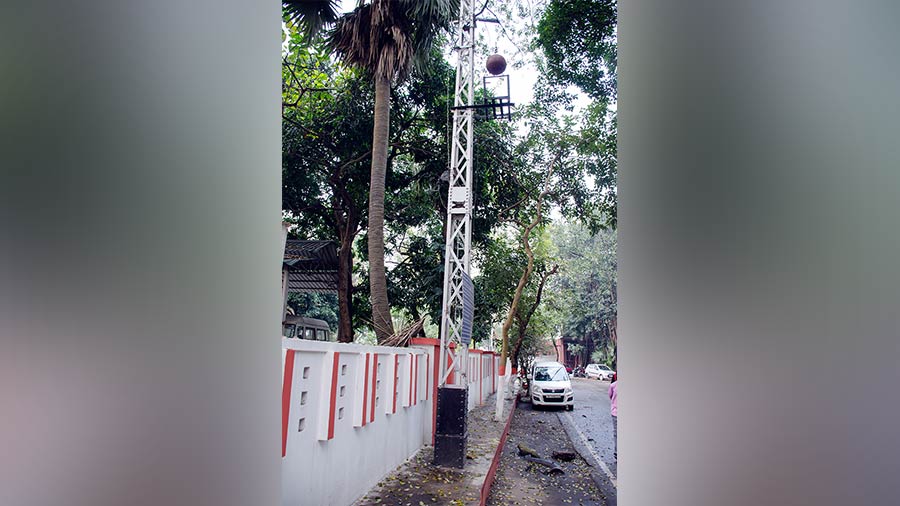
Ball signal
The milk-white bungalow of the general manager of the SER has historical significance. The building, inspired by the Temple of Winds of Athens, Greece, was constructed in 1846, exactly half a century before the main building came up. It once served as a residence of the deposed Nawab of Lucknow, Wajid Ali Shah.
After his release from Fort William in 1858, the nawab stayed here for several months before being relocated to Metiabruz. As the nawab was entertained by musicians, poets and dancers, the house came to be known as Pari Khana (House of fairies).

The bungalow of the general manager of SER
The former residence of the Indo-European studies scholar William Jones (1746–94) is also located inside the compound, opposite to the SER Officers’ Club. A plaque in front mentions that Jones lived in the house until his death and was buried in the South Park Street Cemetery.
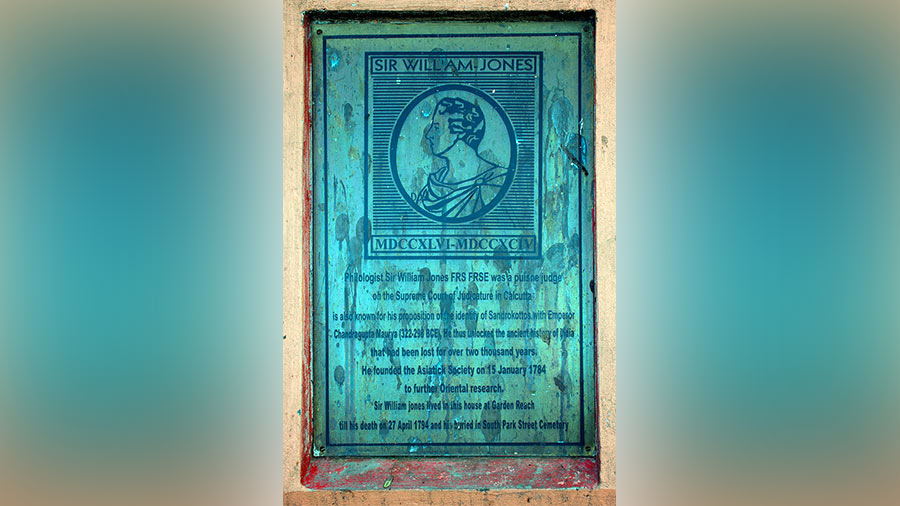
Plaque in front of William Jones’s house
Situated by the side of the Hooghly, the huge compound offers a great view of riverside ghats and the Second Hooghly Bridge, Shibpur Engineering College (IIEST) and Botanical Gardens on the other side.

Second Hooghly Bridge from the BNR complex
Rangan Datta is a mathematics and management teacher by profession and a travel writer and photographer by passion. He has been addicted to discovering off-beat places since his undergraduate days at St. Xavier's College. Blogging and contributing to Wikipedia are his other passions.



